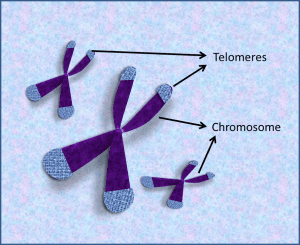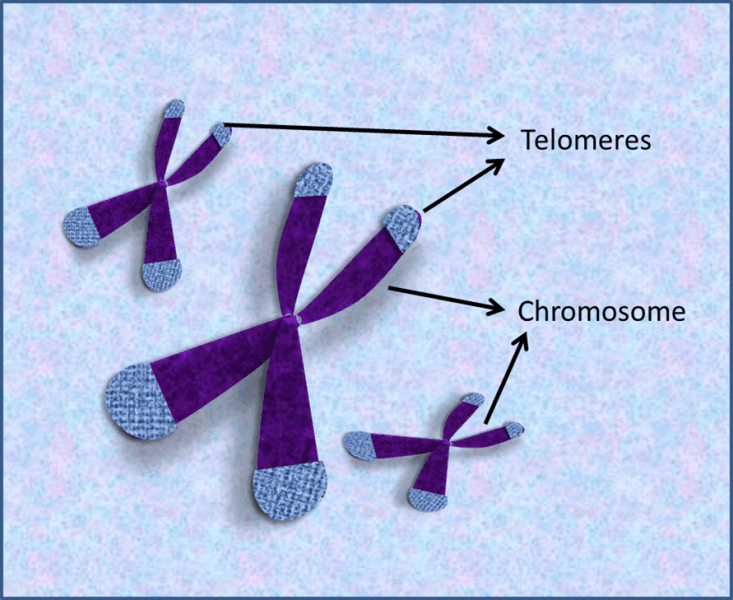Ever take a good look at your shoelaces?
At the very tip, an aglet, a tiny plastic sleeve, holds together the thick bundle of threads, keeping the lace intact. If that aglet ever falls off or wears o ut, you know your shoelaces will be frayed. A telomere is much like these aglets. They protect the ends of the chromosomes—the bundles of tightly coiled DNA. Shortening of telomeres is associated with genomic instability, the rapid accumulation of mutations in the DNA. This genomic instability is a hallmark for a range of biological functions and diseases ranging from cancer to aging. Hence, measuring telomere length is extremely relevant towards research that predicts disease risk, aging and even the biological impact of therapy and lifestyle alterations.
ut, you know your shoelaces will be frayed. A telomere is much like these aglets. They protect the ends of the chromosomes—the bundles of tightly coiled DNA. Shortening of telomeres is associated with genomic instability, the rapid accumulation of mutations in the DNA. This genomic instability is a hallmark for a range of biological functions and diseases ranging from cancer to aging. Hence, measuring telomere length is extremely relevant towards research that predicts disease risk, aging and even the biological impact of therapy and lifestyle alterations.
The January 2017 Supplement of Current Protocols in Cytometry, showcases two straightforward and stepwise methods to measure telomeres using cytometry. As someone with basic experience in cytometry methods, I find these protocols easy to follow and potentially useful for novice and experienced researchers alike. Both protocols combine the advantages of Fluorescent In Situ Hybridization and Cytometry.
The first protocol, by Schmid et al. titled “Assessment of Telomere Length, Phenotype, and DNA Content” is the most recent and updated methodology for telomere characterization. This brand new version of the protocol provides critical parameters, troubleshooting tips and even lists the various validated fluorochromes and antibodies with vendor information. The Anticipated Results section will help you determine if your results and analysis meet expectations.
The second protocol, by McFarlin et al. titled, “Measurement of T-Cell Telomere Length Using Amplified-Signal FISH Staining and Flow Cytometry” is specifically tailored for measuring telomere length in T cell subsets and offers several advantages over the currently available PCR based or sorting methods to measure telomere length in this specific subset. This protocol has multiple applications in immunology of course, but also in studying the cellular impact of physiological and psychological stressors, both of which impact T-cell telomere length.
As a researcher, I find data analysis and interpretation to be the most essential aspects of cytometry data and both of these protocols provide thorough details of these aspects of the methodology.
To stay abreast of new cytometry methods and look up established protocols in cytometry including instrumentation and calibration, visit Current Protocols in Cytometry .
Follow Current Protocols on Facebook where we can help address your troubleshooting questions and even take protocol requests.

















